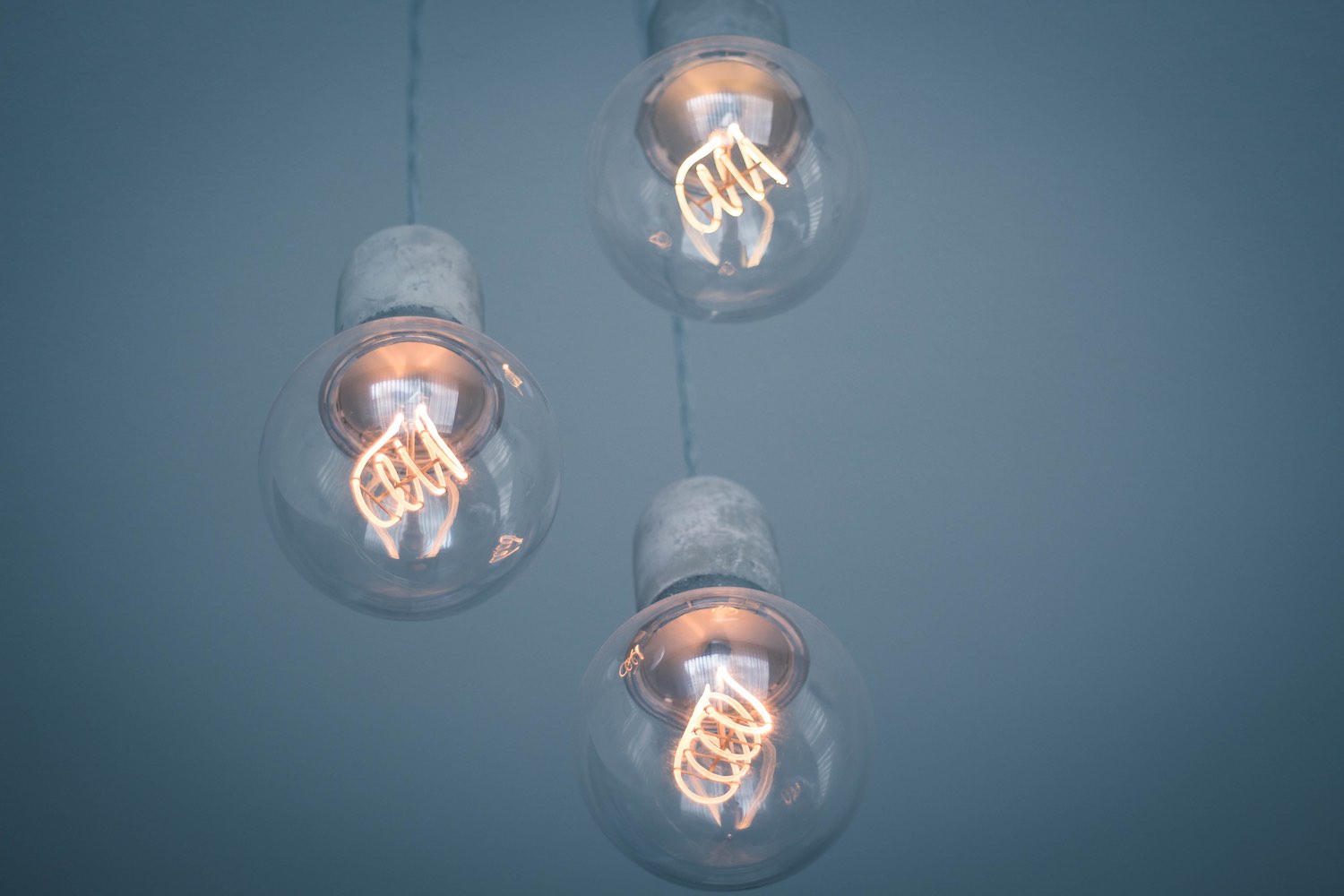Top 10 Facts About LED Lighting You Never Knew!
What is LED? LED stands for Light Emitting Diodes. These bulbs produce light but not in the same efficiency as a common light bulb. LED lights are free of all harsh chemicals and they do not emit UV rays. LED lights are also 100% recyclable and can significantly reduce your carbon footprint. With one LED light able to do the work of roughly 25 incandescent light bulbs over its lifetime, LED lights also help save on materials and production.
In an attempt to reduce our carbon footprint and make our home much greener, many have already made the transition to LED lighting. What advantages does LED lighting really have? Is it worth switching your entire home to LED? To help you decide, here are the top 10 facts about LED lighting you never knew!

- The first visible LED was invented in 1962 by Professor Nick Holonyak who then worked for General Electric.
- On average, lighting accounts for 20% of a household’s electricity bill.
- If you change all your bulbs to energy saving bulbs in your home, you’ll save around 100KG of CO2 (also known as Carbon Dioxide which is a greenhouse gas that is natural and harmless in small quantities, but as levels rise it can affect productivity and sleep. Most commonly produced indoors by the air we exhale, CO2 levels concentrate indoors with less ventilation) per year.
- LEDs can last anywhere between 12 to 22 years.
- Blue LEDs can help keep food fresh. They have been proved to have a strong antibacterial effect and are now being used in fridges.
- Good quality LEDs (such as Osram) can easily have a lifetime which exceeds 50,000 hours!
- LED bulbs last around 10x longer than traditional bulbs.
- Each LED bulb could save you around £390 over its lifespan.
- LEDs are almost everywhere, from traffic lights to televisions. They are also used in most stores that sell food.
- LEDs don’t attract as many insects as other traditional light sources as they have very little UV content.
